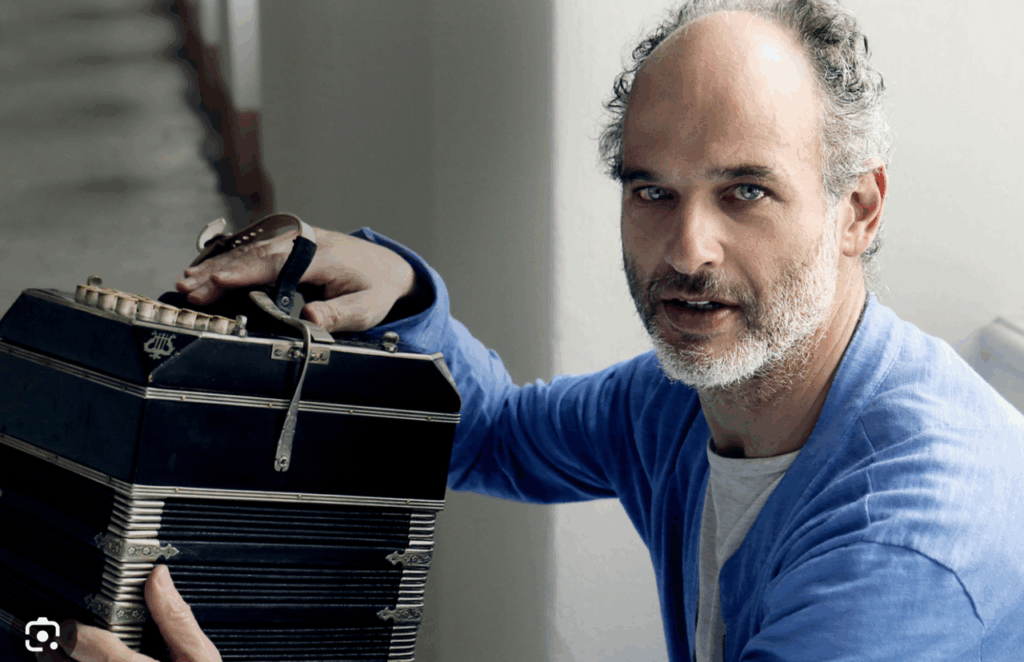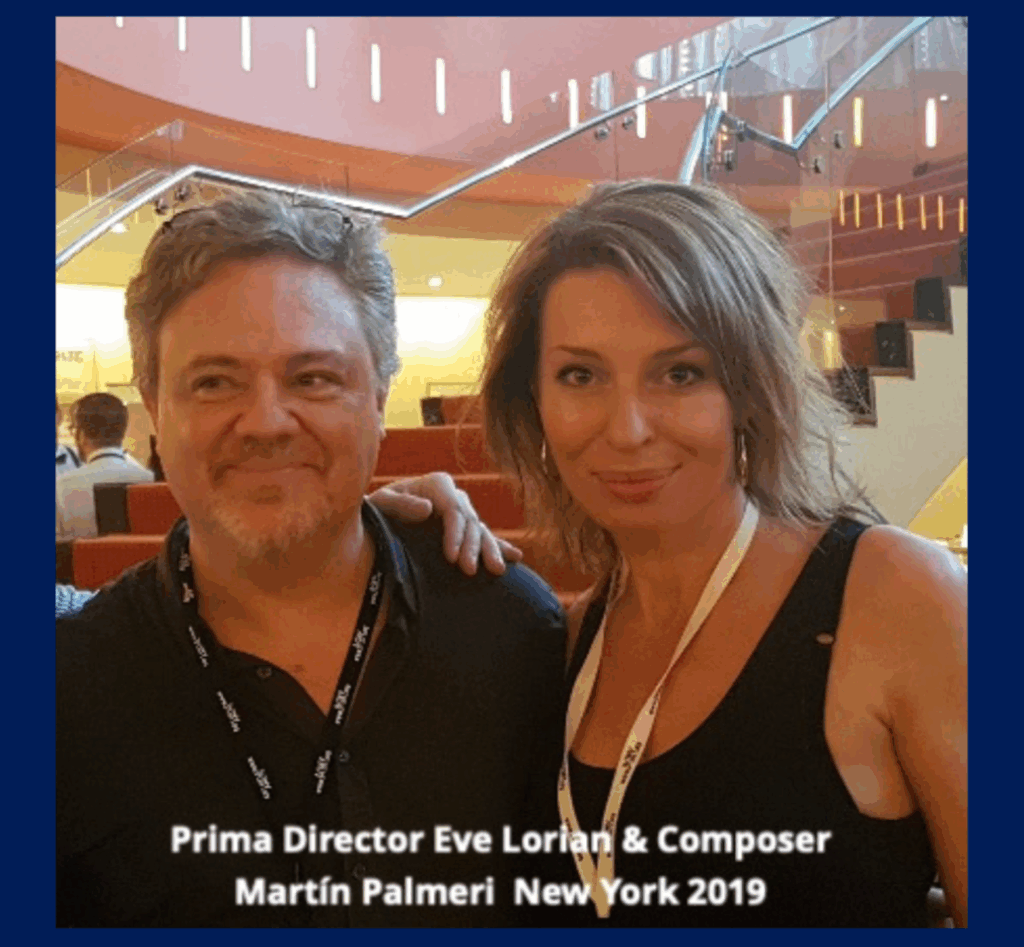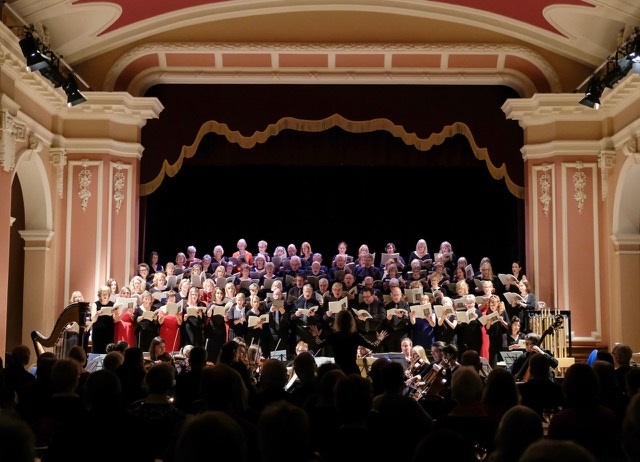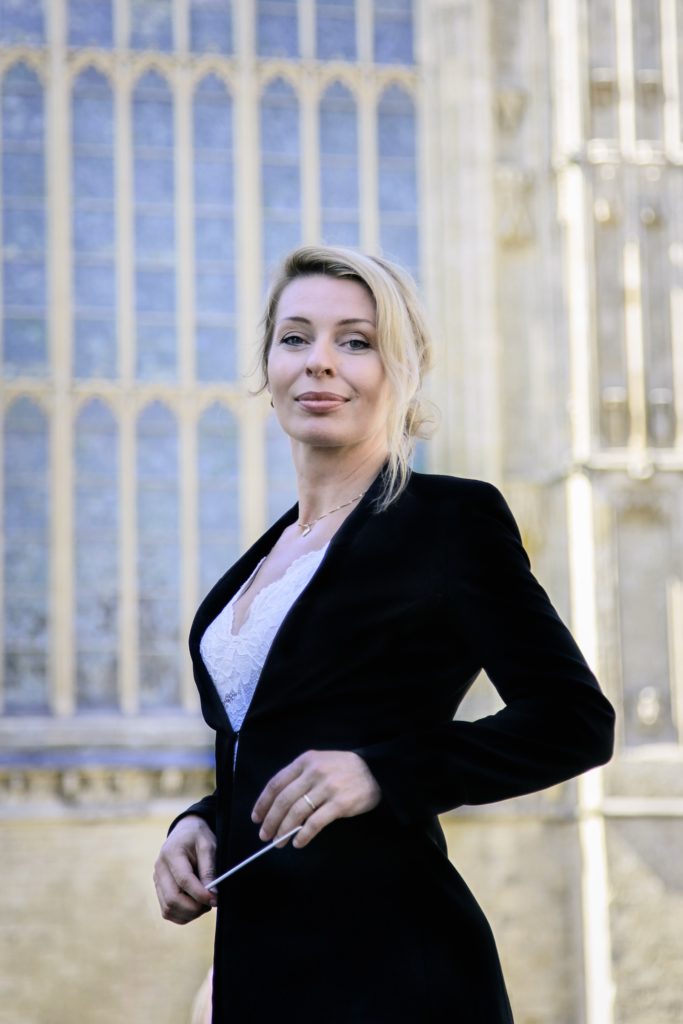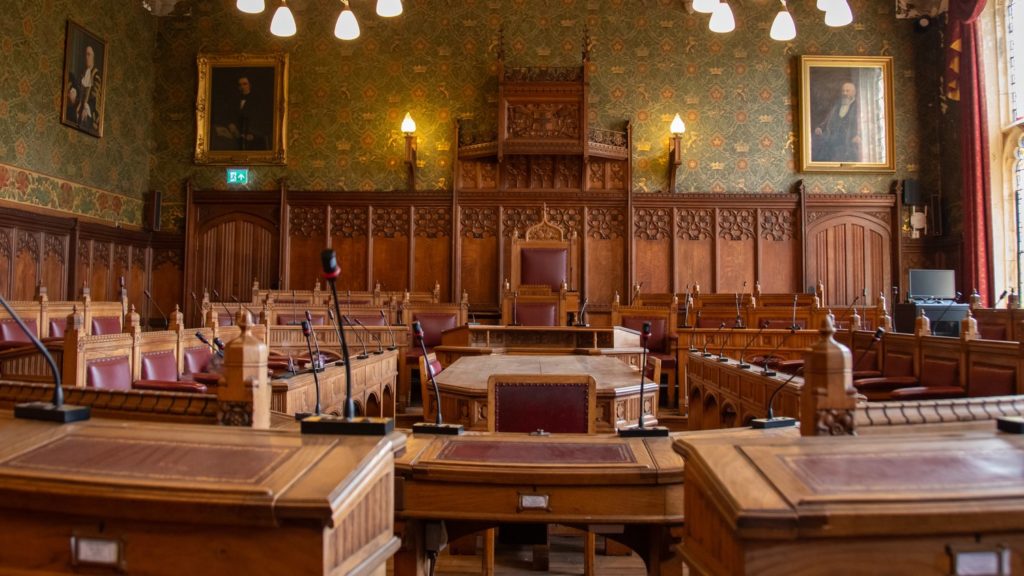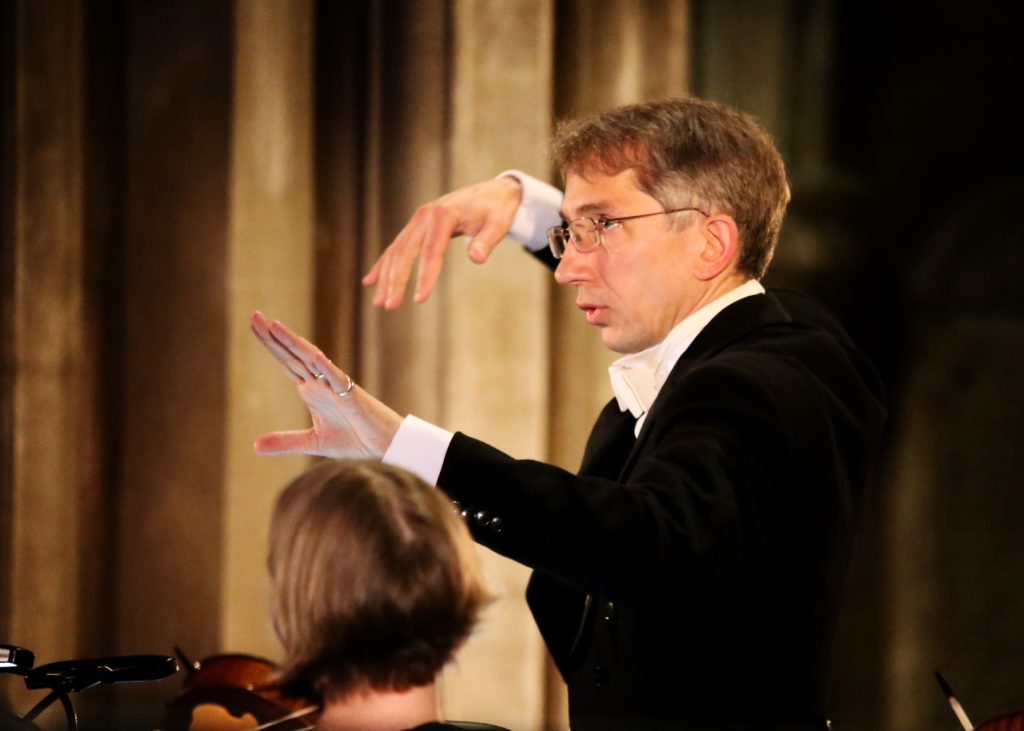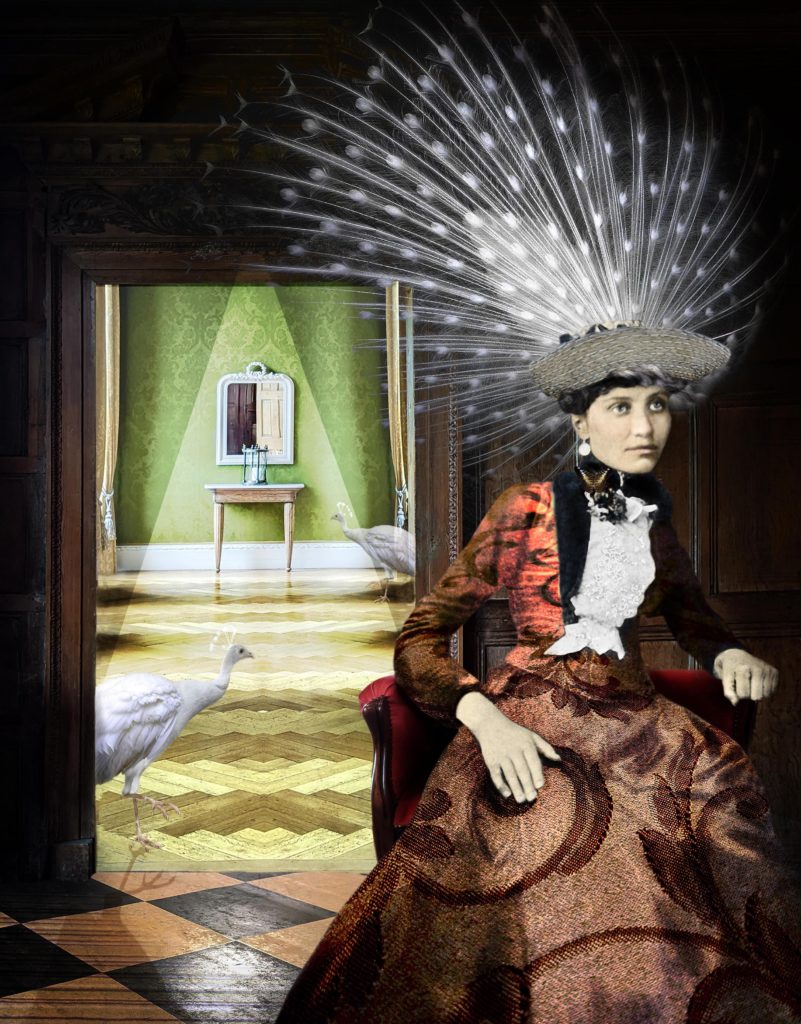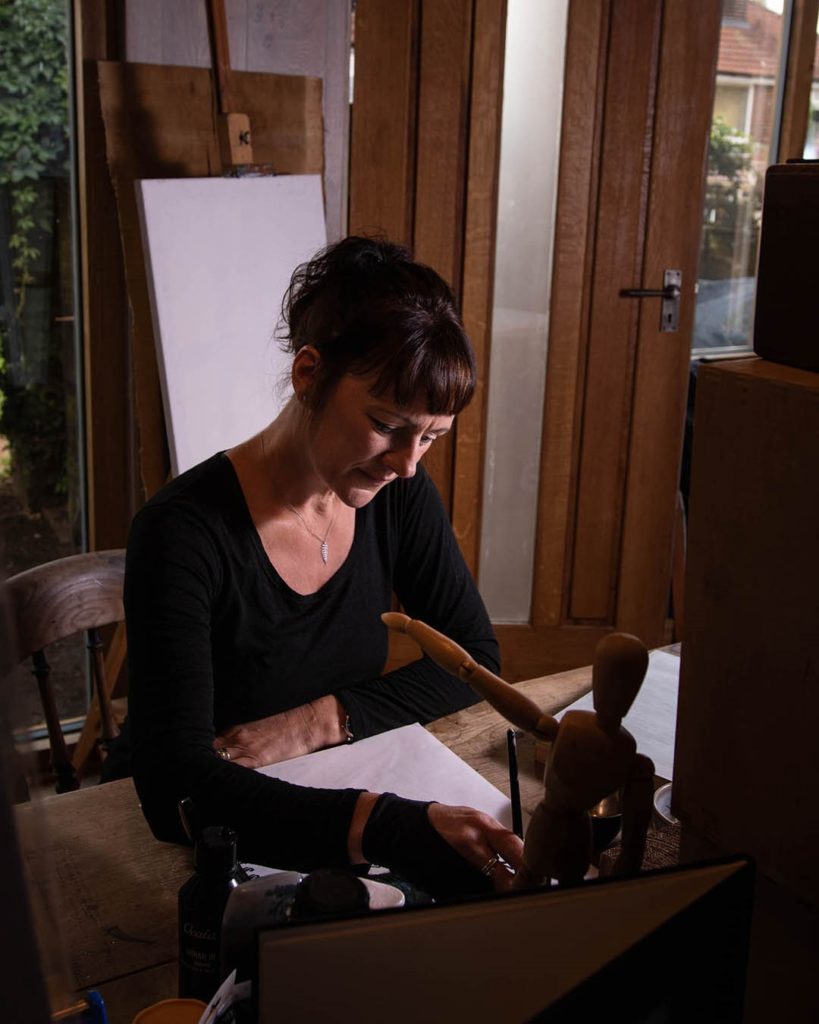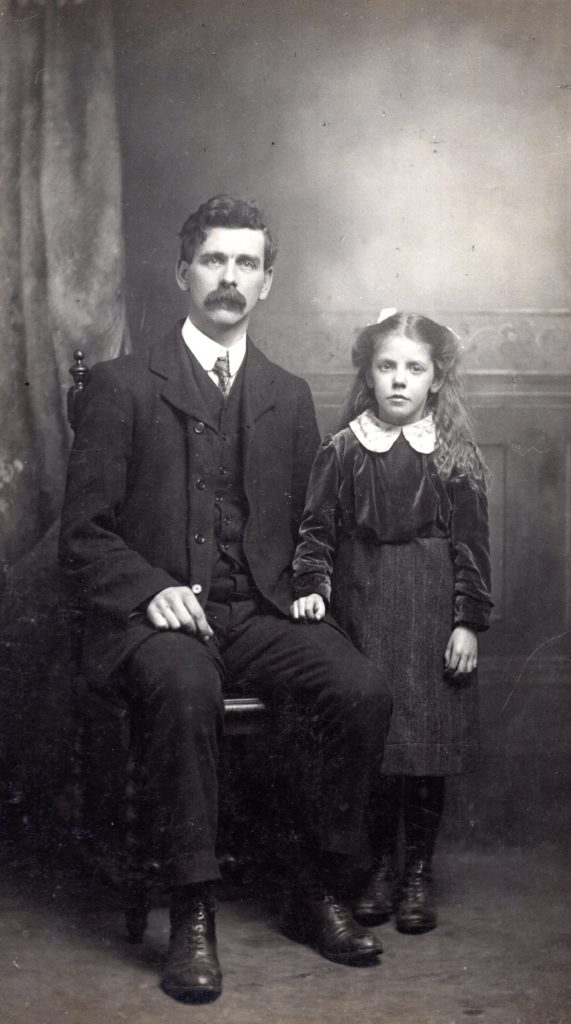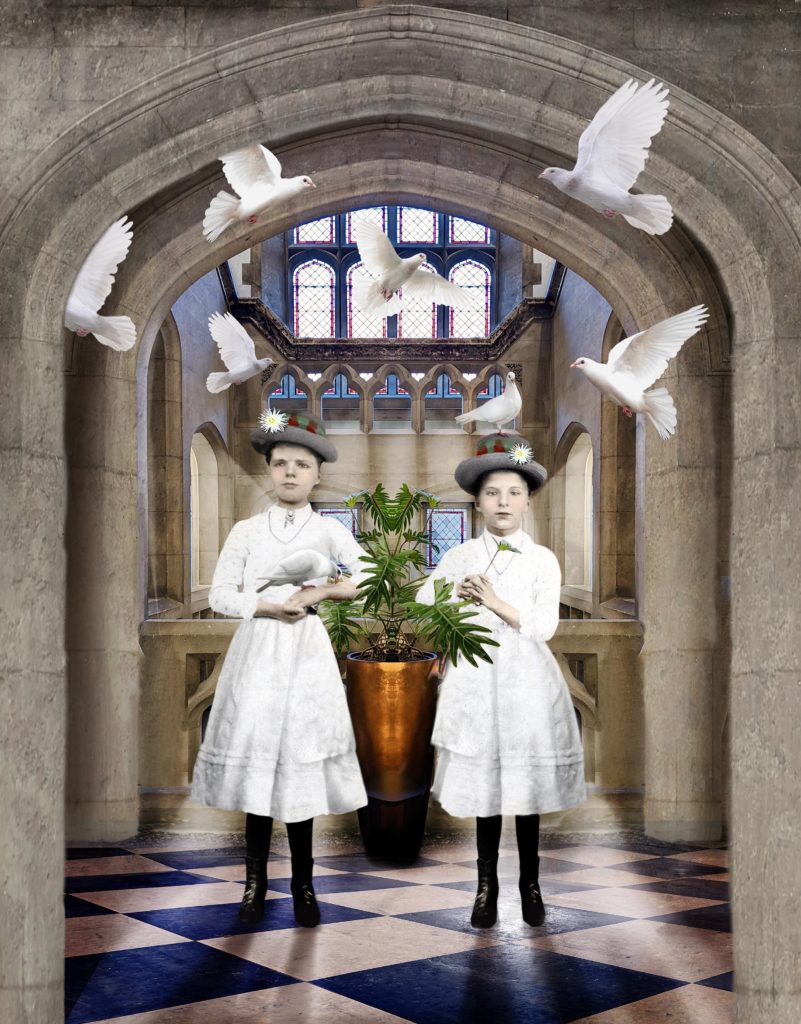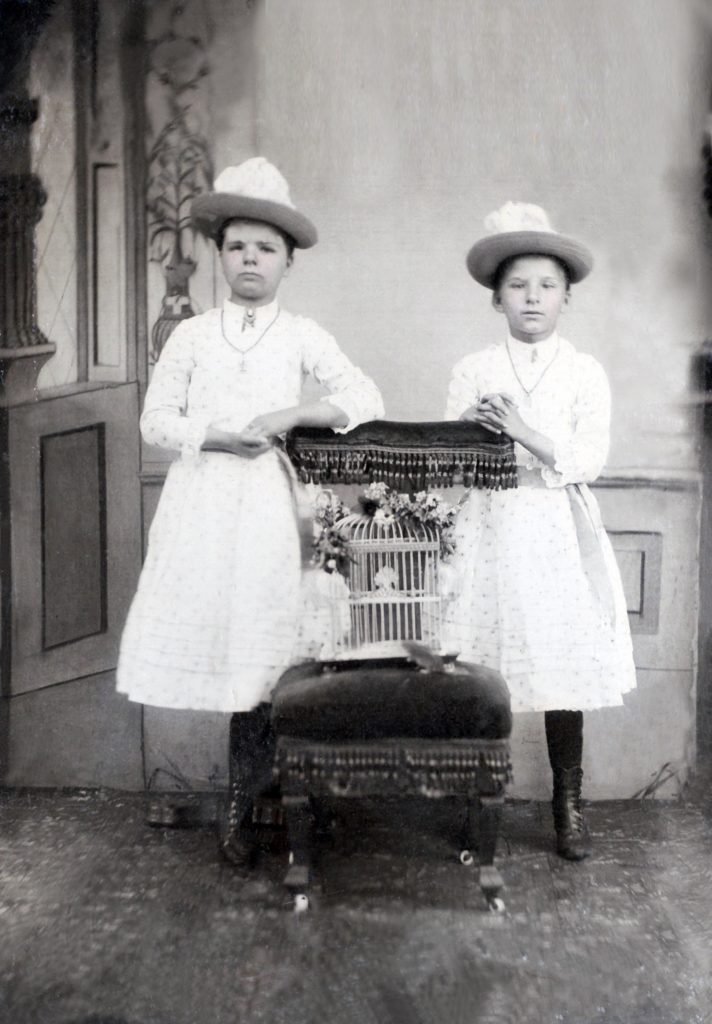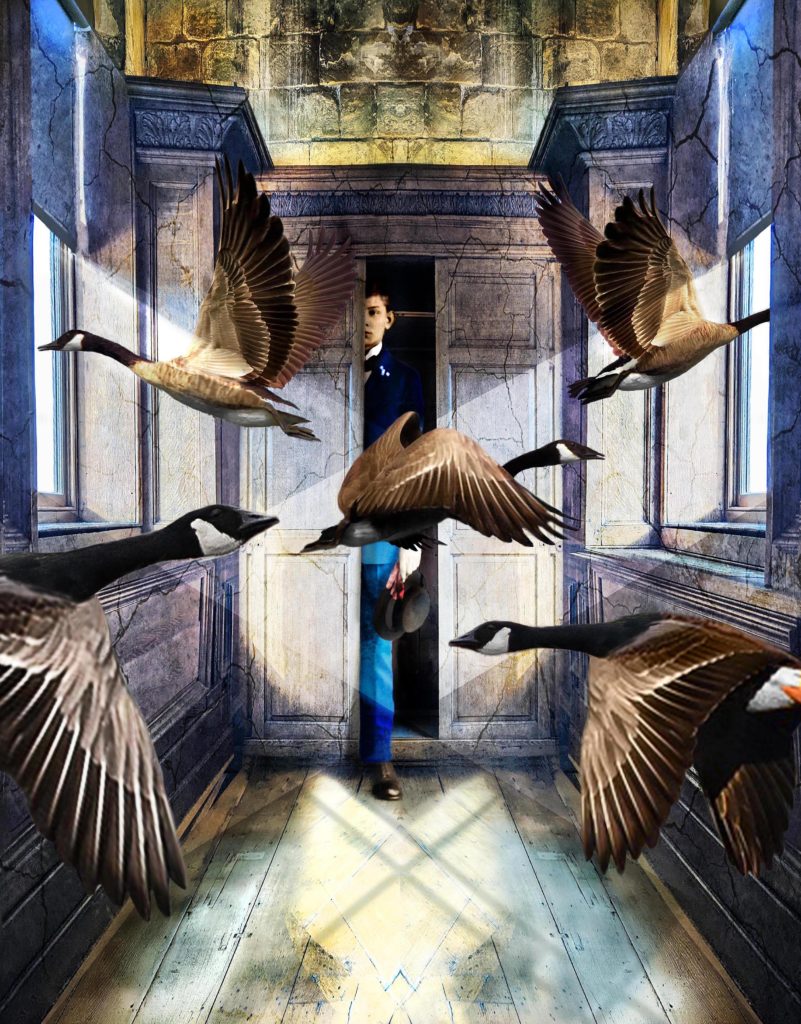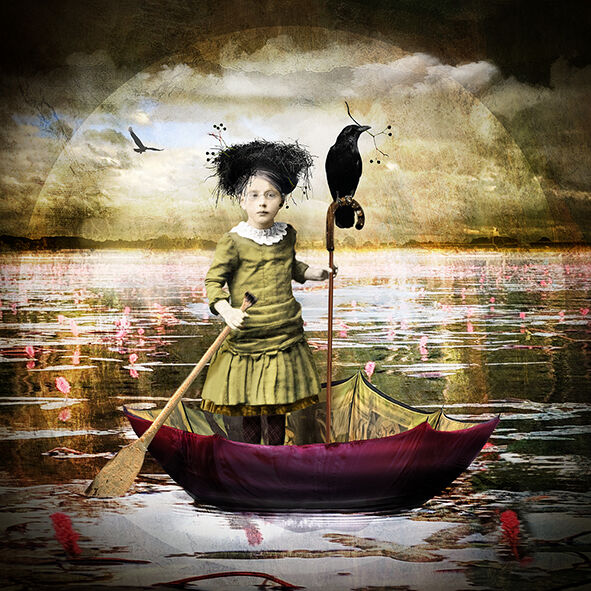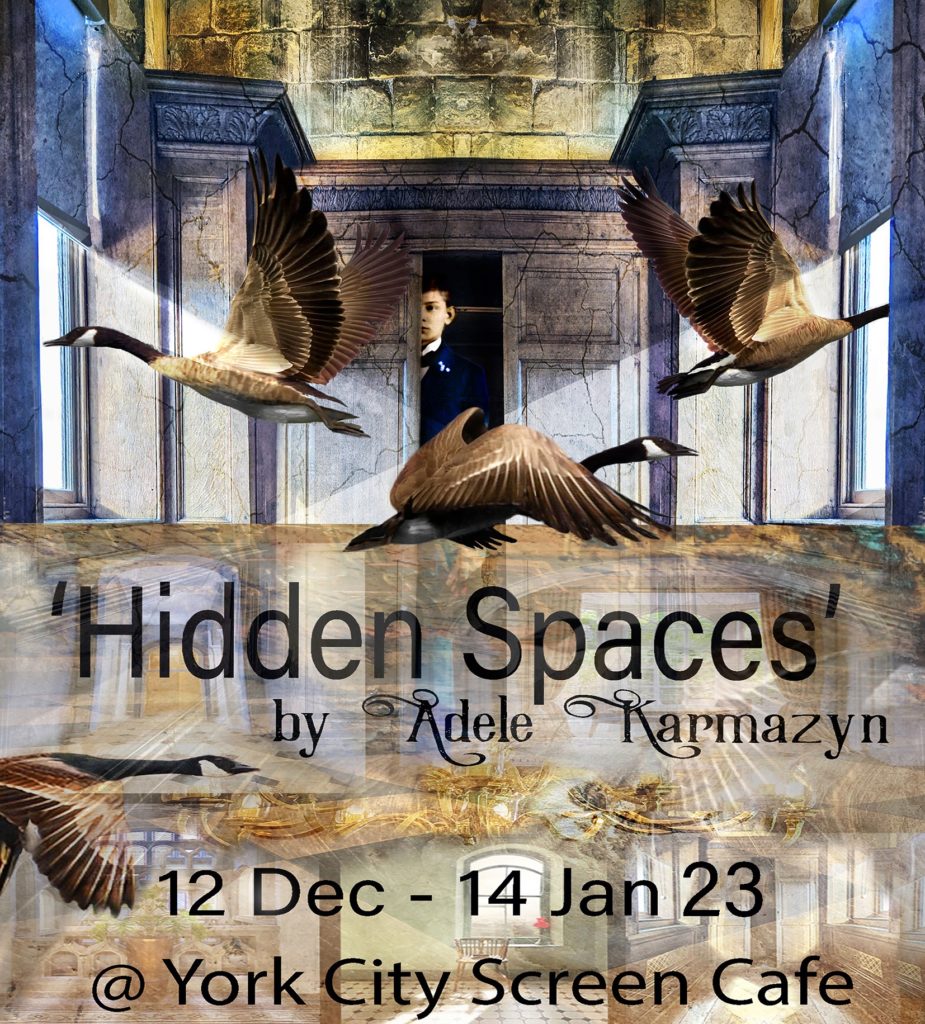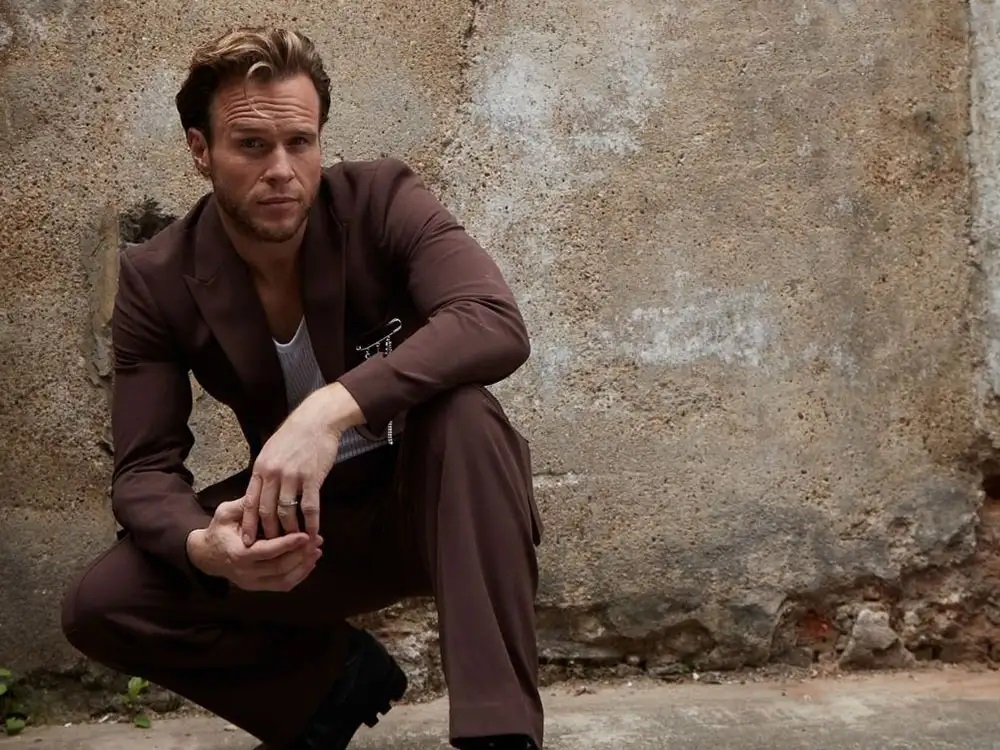
Olly Murs: Returning to familiar turf at York Racecourse’s first Summer Music Saturday meeting this afternoon
AS the outdoor concert season awakens, a festival goes to heaven and hell and a koala tries something new in Charles Hutchinson’s list for the upcoming week.
Back on track: Olly Murs, York Racecourse, Summer Music Saturday, today, first race at 1.55pm; last race, 5.25pm, followed by concert
ESSEX singer, songwriter, actor and television personality from Olly Murs completes his hat-trick of appearances at York Racecourse this weekend, having played the Knavesmire track in 2010 and 2017.
Performing after today’s race card, his set list will draw on his seven albums and 25 singles, including the number ones Please Don’t Let Me Go, Heart Skips A Beat, Dance With Me Tonight and Troublemaker. Race day tickets: yorkracecourse.co.uk.
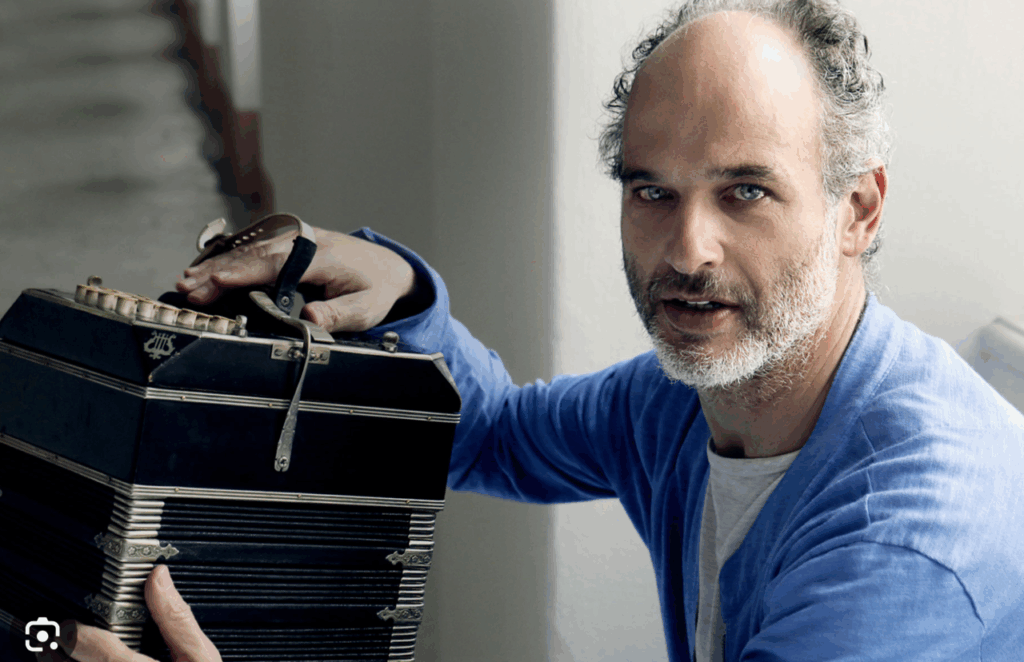
Marcelo Nisinman: Argentinean bandoneon player, performing Martin Palmeri’s Misatango at York Guildhall today
Reverence and rhythm of the week: Prima Choral Artists presents Scared Rhythms: From Chant To Tango, York Guildhall, The Courtyard, Coney Street, York, tonight, 7.30pm
ARGENTINEAN bandoneon maestro and composer Marcelo Nisinman performs Martin Palmeri’s Misatango as the finale to director Eve Lorian’s Sacred Rhythms – From Chant To Tango concert.
He joins the 60-strong Prima Choral Artists choir, pianist Greg Birch, Yorkshire mezzo-soprano soloist Lucy Jubb and the New World String Quintet for tonight’s journey through sacred and spiritual choral music. Box office: primachoral.com.

Justin Moorhouse: Giving two of the greatest performances of his life at Pocklington Arts Centre this weekend
Comedy gigs of the week: Justin Moorhouse, The Greatest Performance Of My Life, Pocklington Arts Centre, today, 3pm and 8pm
ASHTON-UNDER-LYNE comedian, radio presenter and actor Justin Moorhouse covers subjects ranging from pantomimes to dreams, how to behave in hospitals, small talk, realising his mum is a northern version of Columbo, and how being a smart-mouthed child saved him from a life of continually being beaten up. Funny, interesting, perhaps it will warm the soul too. Box office: 01759 301547 or pocklingtonartscentre.co.uk.
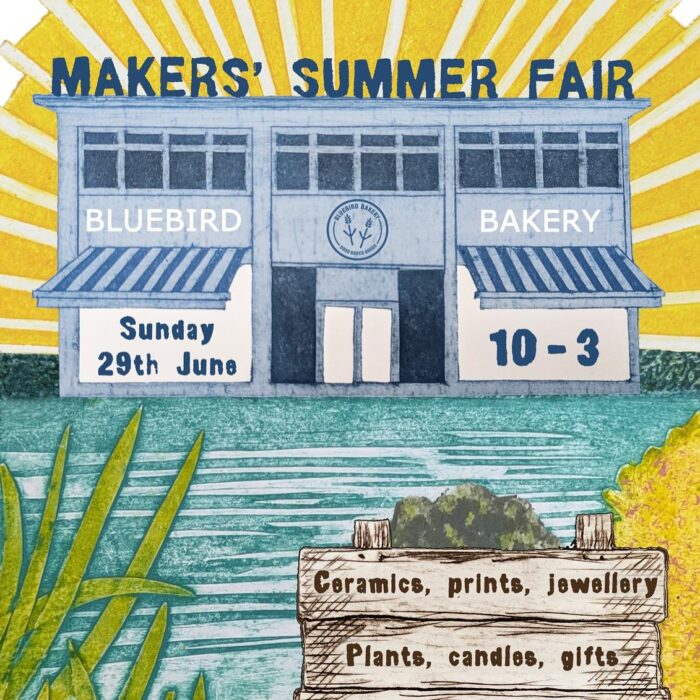
Bluebird Bakery: Makers’ Summer Fair on Sunday in Acomb
Arts and crafts of the week: Makers’ Summer Fair, Bluebird Bakery, Acomb Road, Acomb, Sunday, 10am to 3pm; The Fox Summer Craft Market, The Fox Inn, Holgate Road, York, Sunday, 1pm to 5pm
ARTISAN baker and cafe Bluebird Bakery plays host to York artists and makers’ craft, jewellery, print, ceramic, plant, candle and woodwork stalls under one roof. Meanwhile, The Fox Inn holds its second annual Summer Craft Market, featuring live music, handmade gifts, craft stalls and street food vendors.

Swift service: Xenna pays homage to Taylor in Miss Americana at York Barbican
Tribute gig of the week: Miss Americana: The Eras Experience, A Tribute To Taylor Swift, York Barbican, Sunday, 7.30pm
STEP into Step into world ofTaylor Swift and her Eras experience in Xenna’s homage to the Pennsylvania pop sensation’s music, style and stage presence, from her country roots to such hits as Love Story, Blank Space and Shake It Off. Cue replica costume changes, storytelling and dancers too. Box office: yorkbarbican.co.uk.
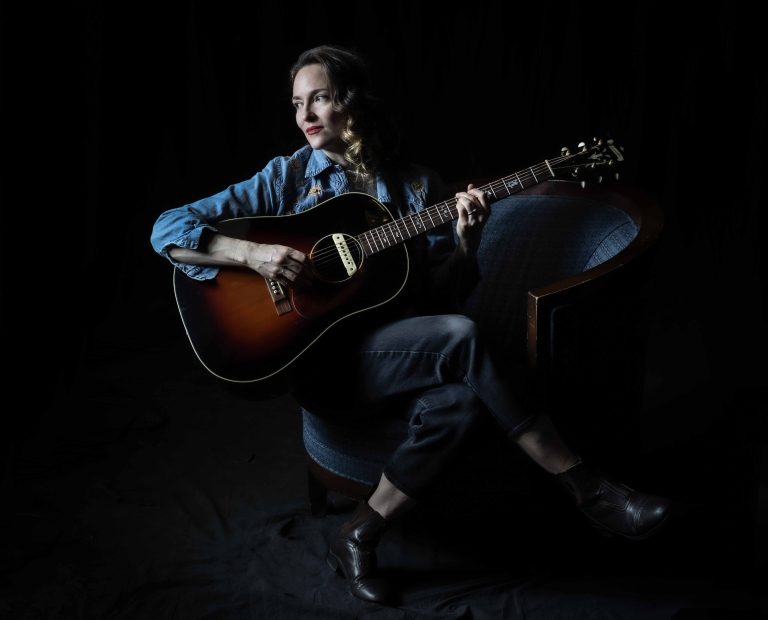
Dawn Landes: Amplifying the voices of women who fought for equality at Rise@Bluebird Bakery, Acomb
Country gig of the week: Dawn Landes, Rise@Bluebird Bakery, Acomb, York, July 2, 8pm
AMERICAN country roots singer-songwriter Dawn Landes showcases The Liberated Woman’s Songbook, her March 2024 album that re-imagines music from the women’s liberation movement.
Inspired by a 1971 songbook of the same name, Landes breathes new life into powerful songs spanning 1830 to 1970, amplifying the voices of women who fought for equality throughout history. Box office: seetickets.com/event/dawn-landes/rise-bluebird/.
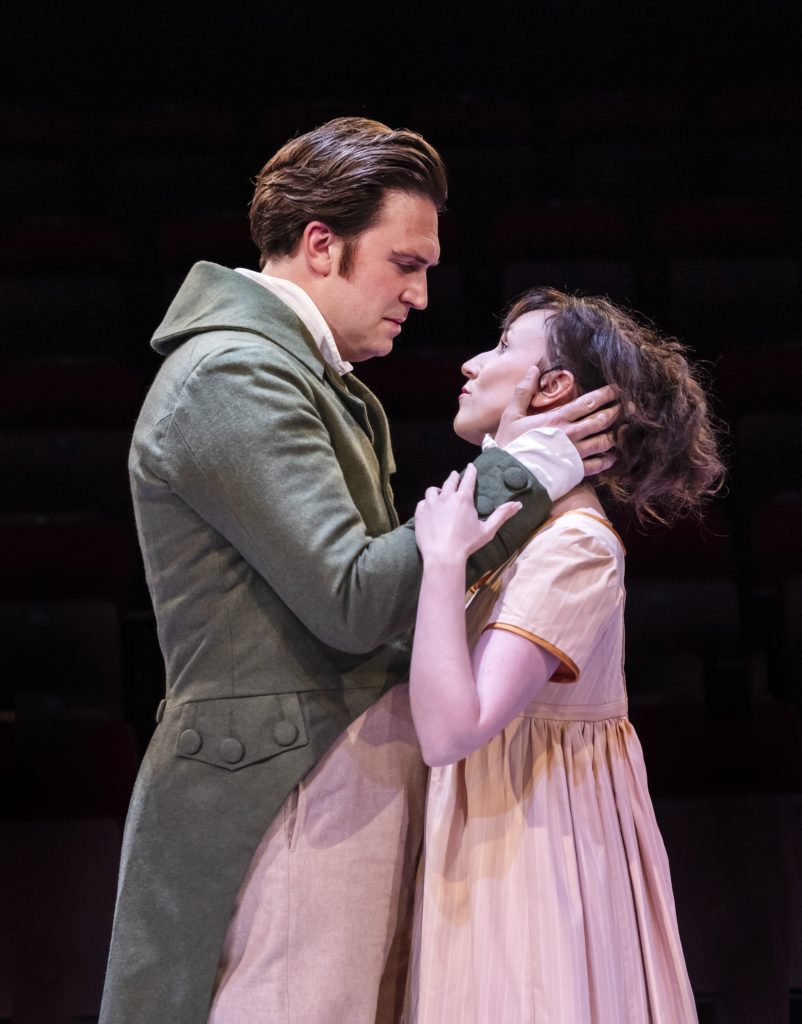
James Sheldon’s Mr Darcy and Rosa Hesmondhalgh’s Lizzy Bennet in Pride And Prejudice at the SJT, Scarborough
Introducing America’s most performed living playwright to North Yorkshire: Pride And Prejudice, Stephen Joseph Theatre, Scarborough, July 3 to 26, 7.30pm plus 1.30pm Thursday and 2.30pm Saturday matinees
LOTTE Wakeham directs American writer Kate Hamill’s adaptation of Jane Austen’s story of love, misunderstandings and second chances, staged with music, dancing, humour aplenty and a cast led by Rosa Hesmondhalgh’s Lizzy Bennet (CORRECT) and James Sheldon’s Mr Darcy in a whirl of Regency parties and courtship as hearts race, tongues wag and passions swirl around the English countryside. Box office: 01723 370541 or sjt.uk.com.
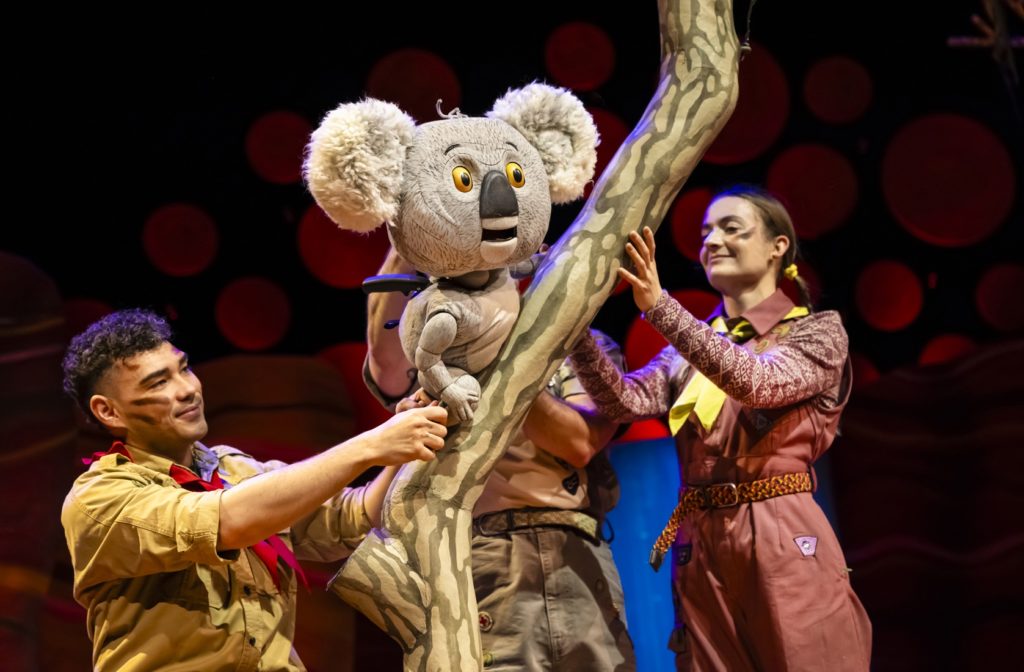
The Koala Who Could: Up a tree at York Theatre Royal for three days next week. Picture: Pamela Raith
Children’s show of the week: The Koala Who Could, York Theatre Royal, July 3, 1.30pm; July 4, 10.30am and 4.30pm; July 5, 11am and 2pm
JOIN Kevin the koala, Kangaroo and Wombat as they learn that “life can be great when you try something new” in this adaptation of Rachel Bright and Jim Field’s picture book, directed by Emma Earle, with music and lyrics by Eamonn O’Dwyer.
Danny Hendrix (Wombat/Storyteller 1), Sarah Palmer (Cossowary/Storyteller 2) and Christopher Finn (Kevin/Storyteller 3) perform this empowering story of embracing change – whether we like it or not. Box office: 01904 623568 or yorktheatreroyal.co.uk.

Open-air concerts of the week: Futuresounds presents Live At York Museum Gardens, Elbow, July 3; Nile Rodgers & CHIC, July4; Richard Hawley, July 5; gates open at 5pm
LEEDS promoters Futuresound Group’s second summer of outdoor concerts in York begins with Bury band Elbow’s sold-out show next Thursday, when Ripon singer-songwriter Billie Marten and Robin Hood’s Bay folk luminary Eliza Carthy & The Restitution support.
New York guitarist, songwriter and producer Nile Rodgers and CHIC revel in Good Times, Le Freak, Everybody Dance and I Want Your Love next Friday, supported by Maryland soul singer Jalen Ngonda. Sheffield guitarist and crooner Richard Hawley revisits his 1995 album Coles Corner with a string section on its 20th anniversary next Saturday, preceded by Leeds band English Teacher and Manchester-based American songwriter BC Camplight. Box office: seetickets.com.

Le Consort: French orchestral ensemble, making York debut with Vivaldi concert at National Centre for Early Music on July 6
Festival of the week: York Early Music Festival, Heaven & Hell, July 4 to 11
EIGHT days of classical music adds up to 19 concerts featuring international artists such as The Sixteen, The Tallis Scholars, Academy of Ancient Music, viol consort Fretwork & Helen Charlston and the York debut of Le Consort, performing Vivaldi’s Four Seasons “but not quite as you know it”.
Directed by Delma Tomlin, the festival weaves together three main strands: the 400th anniversary of Renaissance composer Orlando Gibbons, the Baroque music of Vivaldi and Bach and reflections on Man’s fall from grace, from Heaven to Hell. Full programme and tickets at ncem.co.uk/whats-on/yemf/. Box office: 01904 658338.
In Focus: Harry Baker, Wonderful 2.0, The Crescent, York, Sunday (29/6/2025)

Poet, mathematician and world slam champ Harry Baker
YOUNGEST ever World Poetry Slam champion Harry Baker’s two Wonderful 2.0 shows at The Crescent , York, tomorrow have sold out. Wonderful news for Harry; not so wonderful if you were yet to book for either bite of the poetic cherry, the 3.30pm all-ages matinee or 7pm evening event.
Enough negativity. Let this preview be suffused with positivity. “One thing that I know that I will always find amazing is what a thing it is to live a life,” posits Maths graduate Harry, who always looks for plus signs. “P.S. Let’s also do this loads before we die.” Good, because that means Baker will be back and next time you can be quicker off the mark.
Baker, the 34-year-old poet, mathematician, writer and comedy turn from Ealing, London, first spread his Wonderful wings from April to August 2024, visiting The Crescent on May 20 with poems about wellies, postcodes and his favourite German wheat beer Schöfferhofer on his sold-out 40-date itinerary.
At the time, the “Maths-loving, TED-talking, German-speaking, battle-rapping, happy-crying, self-bio-writing unashamed human” said: “After the mental health struggles I shared in my last show, this time around the plan was to have a fun time touring a fun show full of fun poems to celebrate coming out of the other side. But it hasn’t quite worked out like that.
“For the first time ever I have been to more funerals than weddings in the last year. I have hit the age where everyone around me is either having babies or talking about having babies or definitely not having babies, and found out first-hand how complicated and painful that can be. And yet I am more fascinated and amazed by the world around me than ever before.”
Harry added: “From the transformational power of documenting moments of everyday joy to the undeniable raw energy of performing a garage song about Greta Thunberg, I am learning more than ever that life can indeed be incredibly hard sometimes, but that doesn’t make it any less incredible.
“If anything, it is the darkness that helps us to appreciate the light, just as it is the puddles that help us to appreciate the wellies. And what could be more wonderful than sharing all of this with the glorious folk who come along after reading about it here.”
Now he returns with a new message to accompany his poems about “all the important stuff, like hope, dinosaurs and German falafel-spoons”. “May one thing match the gravity of all you’ve ever done. This wonderful reality: The best is yet to come,” Harry pronounces.
“More full of wonder than ever”, he will celebrate wellies and postcodes once more, funerals and fertility journeys too, in his trademark amalgam of the playful, the vulnerable and the hopeful.
How would he sum up Wonderful 2.0? “I like ‘Wonderfuller’. It doesn’t quite roll off the tongue, but I like the connotation,” he says.
“Wonderful 2.0 hopes to make you cry with laughter, laugh through tears, or, dream scenario: both. The show will contain old faves as well as brand new work, celebrating what a thing it is to live a life.”

“What I ended up doing was I started writing a poem a day for the first 100 days of my son’s life, though ‘poems’ would be a generous description of the first ones,” says Harry
For all his popularity on TikTok and Instagram, Baker’s favourite place to be is still on stage in front of an audience, sharing his words in person. “By its very nature, I don’t think it makes sense for poetry to go viral,” he says.
“It is all about taking the time out of your day-to-day to stop and pay attention to the world and the wonder it contains, which it feels like so many of us are too busy to be able to carve out time to do. And yet I think it is precisely this reason why people have been able to connect with my work so much.
“From the vulnerability of sharing my own personal struggles with trying to conceive a baby, to the power of making list of requests in advance of what I would like to happen when I die (an obnoxious amount of sunflowers and negronis all round, please), or even just a stupid (yet subversive?) poem about how great my knees are, there is a playfulness and poignancy that has changed the way others look at the world too.”
Harry continues: “I have been performing for 15 years now and last year’s tour was my favourite by far, because of the openness audiences were willing to bring and share in, so that we could all have a cry and a laugh and go away feeling slightly more connected to one another and the world, and I am so excited for a chance to do this all over again.”
Assessing where he fits in as a performer, Harry decides: “I think I fall somewhere in between a band (where you hope they will do your favourite songs) and a stand-up (where you expect new material!). So, as well as keeping in the classics, I have updated the show with new poems about everything that has happened in the meantime, including (finally and joyfully) having a baby.”
Wonderful 2.0 picks up where Wonderful left off, knowing his “whole life was about to change but not knowing how he would feel”. It turns out that becoming a father, and experiencing a deep love for his child, has heightened his connection with the world around him, rather than numbed it.
“What I ended up doing was I started writing a poem a day for the first 100 days of my son’s life, though ‘poems’ would be a generous description of the first ones!
“People say ‘it’s the best thing in the world’ or that ‘you’re going to lose everything you’ve enjoyed’, so I thought to be able to have all these snapshots in the poems means you can have days where you were in the moment, thinking how fragile and precious life is, but also have days where it doesn’t feel like that, especially in those early days, when if feels like ‘this is it, it will never change’.
“But having written these things, less than a year later, I look back and feel like ‘I think you’re being a bit dramatic’…but that’s fine because some of it felt amazing, sometimes it felt raw and spiky.
“Hopefully these poems will feel precious to me and my wife, and by sharing them, anyone who has recently has a baby will connect with them, or, like my parents, they can relate with them, and those who haven’t had a kid can connect with these basic emotions.”
Harry’s aim was to “capture the newness, the helplessness and the tenderness, not to create a parenting manual”. To detach from the practice of finding punchlines to jokes felt important in his writing. “I wanted to lean into the emotional side of it and that’s something that changes from day to day,” he says.
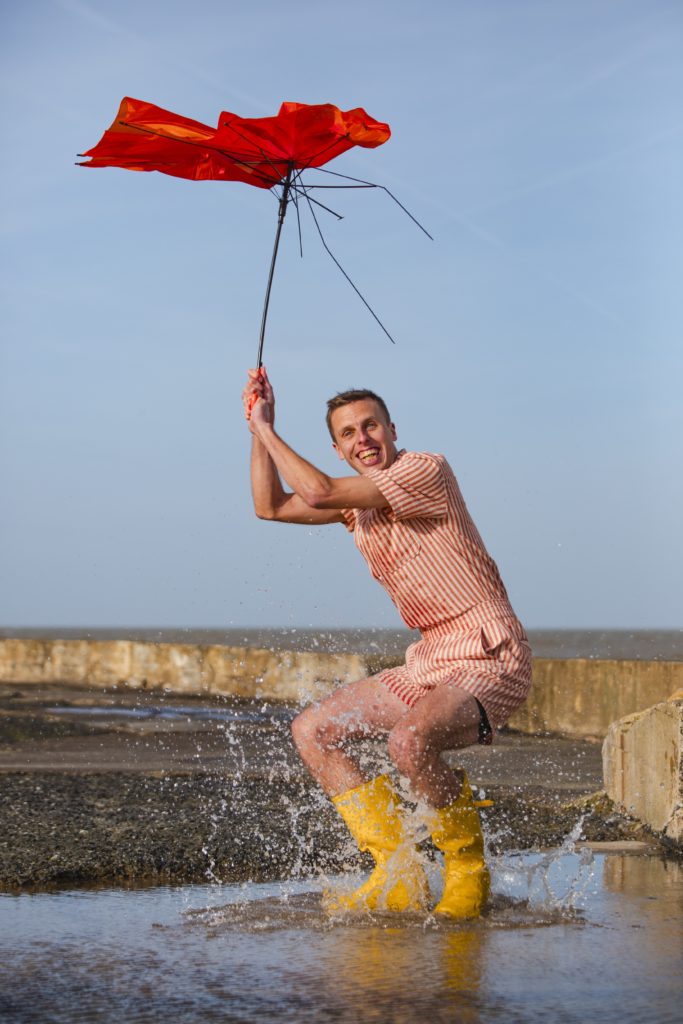
“This is the point in between where you can say ‘life can be difficult but also amazing, and if anything, one heightens the other’,” says Harry
Harry had written candidly about how long it took the couple to become pregnant. “To be so honest about that painful experience gave permission to connect with that, and now these new poems feel like an evolution,” he says.
“People have thanked me for ‘saying things they couldn’t’. I’ve been trying to open up in a way that is safe for me and safe for others, and having honed those skills, or muscles, I was ready to apply it to the new poems.
“It’s also trying to acknowledge that just because I have this child and this joyful outcome, it doesn’t negate the experience I’ve been through.”
The sequel to his Wonderful poetry collection will be published by Canongate next March. “This is the point in between where you can say ‘life can be difficult but also amazing, and if anything, one heightens the other’. If you can share the hard times with people, just as you share the joyous times, they’re more bearable for that.”
Poems have an intensity that suits the combative nature of slams. “When I started out, I was entering these poetry slams where you have to say everything in three minutes, win over the audience, be funny, get them on board, deliver a message, wrap it up and send it off into the sunset,” says Harry.
“That was such a good training ground because you have to convey things in such a short space of time. That’s why these Wonderful shows are such a joy to do, particularly when the poems can feel vulnerable and heartfelt, and it’s up to you where you take it next.”
Next year’s poetry collection, Tender, will reflect that. “Why ‘Tender’? I think it was that thing of wanting to lean into the feeling of vulnerability, but as well as the connotation of being tender where you feel bruised, there’s the ripeness and readiness too.”
Did you know?
HARRY Baker’s honest, heartfelt and hopeful poems have reached more than ten million people on TikTok and Instagram.
Raised in a Christian community, Baker is a regular contributor to BBC Radio 2’s Pause For Thought.
He tours the UK in comedy-rap-jazz duo Harry and Chris Baker, also appearing on The Russell Howard Hour.
Baker released his third poetry collection, Wonderful, in May 2024, featuring fan favourites Wellies, Sunflowers and Sticky Toffee Pudding. Published by Burning Eye, copies are available at gigs, all good bookshops and www.harrybaker.co.
REVIEW: Through It All Together, Leeds Playhouse, until July 19 *****
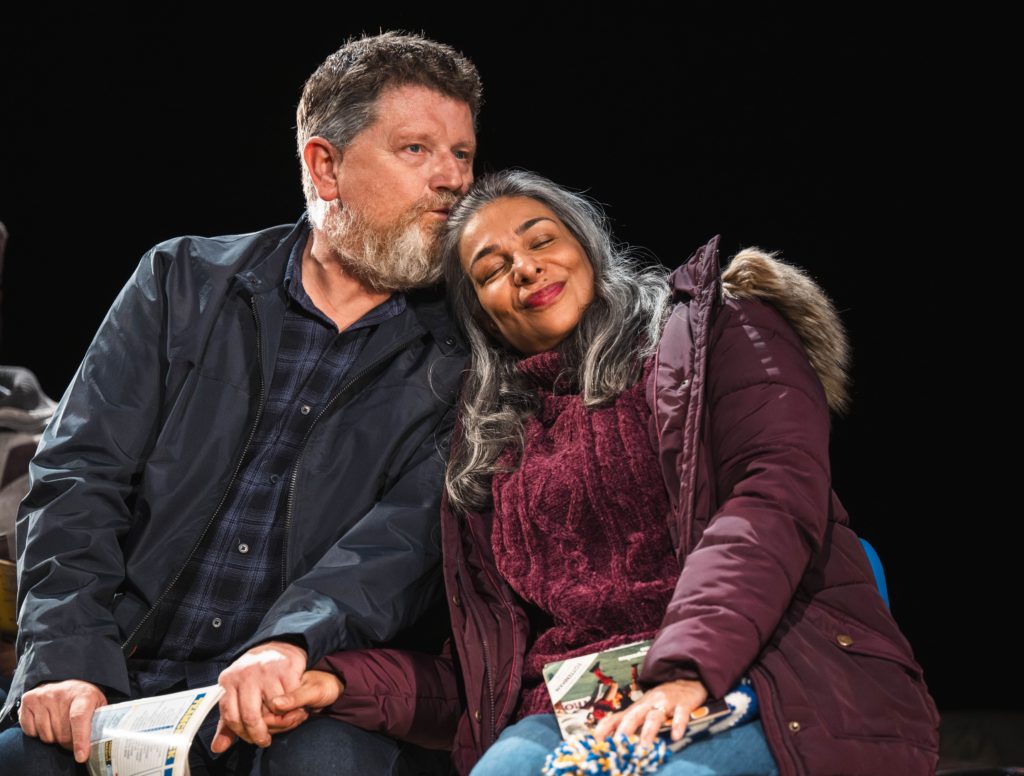
Reece Dinsdale’s Howard and Shobna Gulati’s Sue in Through It All Together. Picture: Charlie Swinbourne
THROUGH It All Together is the third play about Leeds United after Anders Lustgarten’s ubiquitous, damnable The Damned United and Anthony Clavane and Nick Stimson’s lesser-spotted Promised Land, A Northern Love Story, staged in a community production with Red Ladder at Leeds Carriageworks Theatre in Summer 2012.
“About Leeds United” tells only half the story. The Damned United, adapted from David Peace’s literary psycho-drama, was rather more about Brian Clough, the Richard III of Leeds managers, and his 44-day impact on Revie’s champions versus their corrosive, longer-rooted impact on “Old Big ‘ead”.
A Promised Land, adapted from Clavane’s non-fiction book, interwove the repeat pattern of the rise and fall of Leeds United and the industries of Leeds with the story of the city’s Jewish community, who provided the club’s most successful chairmen, Manny Cussins and Leslie Silver.
Now Leeds United is only half the story once more in Chris O’Connor’s Through It All Together, a title taken from the club anthem Marching On Together (originally entitled Leeds! Leeds! Leeds! as the B-side to the official 1972 FA Cup Final song, Top Ten hit Leeds United, as the Courtyard theatre audience would all know!).
Forever Leeds fan O’Connor – known as “Leeds” at his London school – “could write one strand in his sleep”, and so the Leeds United story, a love letter to sainted Argentine maverick Marcelo Bielsa and his 2020 Championship champions, is indeed penned with all the self-deprecating humour, in-jokes, reverence and irreverence of a battle-hardened yet defiantly optimistic Peacocks supporter.
The other strand, drawn from the impact of dementia on the grandmother who helped to raise him, again is written from the inside track. “One aspect we really wanted to get right was making sure the show is dementia friendly and accurate to what people go through,” he told Graham Smyth [the Yorkshire Evening Post’s Leeds United reporter since 2019] in his interview for the Playhouse premiere’s excellent programme.
Your reviewer writes with investment too: both as a long-suffering Leeds United addict since 1969 and having experienced his father’s seven-year decline with dementia – it is never a battle – that ended in relief and release in January 2016.
O’Connor said he could be “incredibly confident and happy” with the Leeds United angle. He has taken every care – like the remarkable staff at dementia care homes – to bring similar authenticity to the dementia thread, backed by the work of Playhouse theatre and dementia research consultant Dr Nicky Taylor and the Courtyard corridor exhibition that rewards early arrival for perusal.
Director Gitika Buttoo says O’Connor’s play is “for the people of Leeds, showing how football ripples through all the corners of life…but that story, while rooted in Leeds, is universal”. She’s right. You could transplant the structure to any football club’s origin story, such is the ubiquity of a supporter’s jam-side-down relationship with fate, while dementia is becoming pervasive.
In this story, Reece Dinsdale’s life-long Leeds United fan Howard Wright is in the early throes of dementia, his life-changing diagnosis coinciding with director of football Victor Orta’s left-field pursuit and recruit of Marcelo Bielsa to end LUFC’s wilderness years amid the Championship tundra.
The volcanic Orta is represented physically by one of two Paul Madeleys in Buttoo’s cast, the multi-role-playing Dean Smith (regular “Championship will Championship” contributor to The Square Ball podcast, by the way).
He teams up with Everal A Walsh in three partnerships, representing the club management (Orta and a calmer presence alongside); the fans, a diehard Elland Road attendee and a disaffected deserter newly magnetised by Bielsa’s beautiful game; and the media, podcasting and match dissecting much in the healthily cynical/sceptical/supportive style of The Square Ball, quirky adverts et al.
Unlike the omnipresent Clough in The Damned United, Bielsa is not portrayed physically (save for a delightful fantasy sequence where he dances the Argentine Tango with Shobna Gulati’s Sue in Newell’s Old Boys kit in his 1970s’ defender days). Nor is he symbolised by Bielsa’s Bucket (on which he would surely perch if the club were ever to bestow him a statue).
Instead, as mystical as Clint Eastwood’s Man With No Name turning up out of nowhere, and more in keeping with Irek “Tankpetrol” Jasutowicz’s Bielsa mural at Hyde Park Corner, St Marcelo appears in a stained glass window, beatific, aura aglow, high above his Peacock flock, within set designer Amanda Stoodley’s open-plan framework of a church. How fitting!
Church structure meets the kitchen-sink drama of the Wright household’s kitchen and sitting room, home to Dinsdale’s Howard and fellow Leeds devotee Sue (Gulati), joined regularly by daughter and putative chef Hazel (Natalie Davies).
They will, in the words of the club anthem, go through it all together, both Howard’s descent into dementia and Leeds United’s typically flattering-to-deceive yet, hardly a spoiler alert, ultimately sublime rise to the Premiership’s golden gates that coincided with Covid’s lockdowns.
Two forms of distancing then play out: the fans consigned to listening to Adam Pope on BBC Radio Leeds, and Howard’s losing his sentient powers to dementia’s corrosion and erosion.
O’Connor writes brilliantly and so movingly of this struggle: the “forgetfulness”, the sudden moments of lucid clarity (such as naming Don Revie’s champion team); Howard’s wish to not be a burden to his family by listing preparations to move to a care home while he still has the mental minerals to make that decision.
More and more sticker messages are placed around the house to help Howard navigate his way through each day’s routines; daughter Hazel starts to question whether the measures they take are worth it; Sue is consigned to hospital with Covid, at which point Dinsdale’s performance hits new heights.
All the while, he and Sue will sing Marching On Together as the couple’s love song, “We love you, Leeds, Leeds, Leeds” replaced by “I love you Sue, Sue, Sue”.
We know how it ended for LUFC, with promotion, only to be followed inevitably by Leeds falling apart again (as Walsh’s fan laments to the biggest knowing laughs).
We know how it will end for Howard, so we don’t need to see it. They will go through it all together, like Leeds United’s motto, side before self.
Dinsdale, a Playhouse luminary since 1990’s debut production of Wild Oats after the Quarry Hill relocation, is terrific in his King Lear for the football masses, all the more so for putting his Huddersfield Town allegiances to one side to embrace Leeds United.
The ever supportive Gulati, always a hit with Leeds audiences, the doughty Davies and the Smith-Walsh double act at the treble are tremendous too under Buttoo’s direction that makes the play work for fan and theatre lover alike.
You will laugh, you will cry, you will cheer and groan, you will sing the songs, just like at Elland Road; you will miss Marcelo and you will know someone like Howard. At some we shall all have to go through it together, as we have our ups and downs.
Chris O’Connor has told a story of the everyman (Howard) and the extraordinary (Bielsa) with dignity, distinction and devotion.
Through It All Together, Leeds Playhouse, at least until the world stops going round, or more precisely July 19. Box office: 0113 213 7700 or leedsplayhouse.org.uk.

